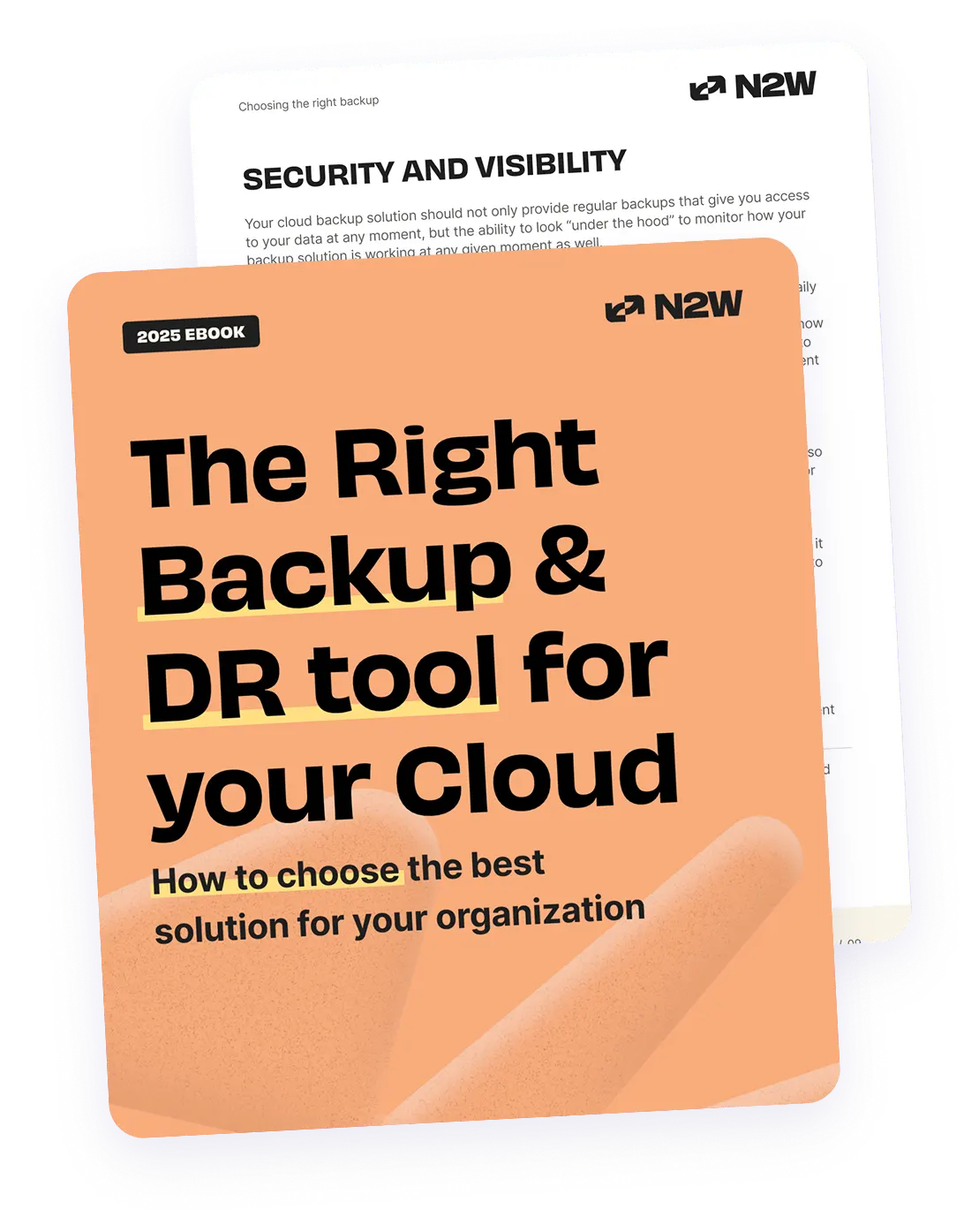Many large enterprises have elected to utilize Amazon for their cloud services. The companies that run entirely on Amazon Cloud include such large corporations as Netflix, Salesforce, Airbnb and others. These companies’ ‘born in the cloud’ applications – in comparison to companies that only later migrate to the cloud – enjoy the robustness and scalability that Amazon Cloud offers right from the start. Netflix, for example, has multiple backups of all of its data within Amazon, and they generate primary backups of all of their data into S3. Airbnb also uses S3 to house backups and static files such as images and other data. But these companies and others have suffered major outages recently – outages that additional backup solutions might have prevented.
One recent outage affected Netflix, Airbnb and other large AWS customers at the same time, with the problems all stemming from an issue with Amazon’s North Virginia data center complex. Asana also recently suffered from a similar outage due to human error, and was down for more than 80 minutes as a result. To prevent this type of downtime, companies should look to utilize an AWS disaster recovery or high availability solution.
The Justification for Not Having Additional Backup
So why do companies that run purely on Amazon believe that they don’t need additional backup or disaster recovery? For one thing, they are often stateless – meaning they have auto-scaling groups that can run one or more servers and shrink or expand as needed without stress on the servers. These companies run more advanced types of microservice structures as well, with the ability to scale up or down as required. They also utilize managed services that manage their data. These services include Amazon-based services such as RDS, S3, DynamoDB and others. Additionally, these enterprises rely on Amazon hardware management. The assumption is that because S3 and other services are durable and have co-redundant copies of data and other advantages, hardware failures cannot happen.
The Devil is in the Data
Despite these advantages, the bottom line is that the ‘devil is in the data’. Logical data loss does occur – in most cases due to human error such as a software bug or security attack, or accidental deletion or corruption of data. For example, if versioning is not turned on with S3 buckets, and someone deletes or corrupts an object on a tree, that object cannot be brought back. Other AWS services also have backup-related limitations. You can dump a table to S3 with DynamoDB, for example, but it does not have a managed backup solution at all.
RDS and Redshift have automated backup solutions – but these are not perfect either. With DB Instance, when you delete a DB Instance, you delete managed snapshots as well. Companies might also elect not to take a purely native approach to working with Amazon for their data. Their data might not work as well with certain AWS services, or a particular service may be too expensive or not offer enough flexibility for their needs. In this case, enterprises can manage their data on their own; for example with MongoDB or Cassandra. Once these databases are run on a company’s own servers, the company has responsibility for their data. The servers and data are not stateless and need to be backed up and protected.
Final Note
With the AWS shared responsibility model, AWS manages the security of the cloud by providing security features and services that AWS customers can use to secure their assets. AWS customers in turn are responsible for what security they choose to protect the availability and integrity of their cloud data, and for meeting specific requirements for protecting that data. Enterprises must utilize the shared responsibility model and associated SLA to automate AWS backup and DR processes, and stay in control of the guarantee that they provide to their own customers.
N2WS Backup & Recovery provides flexible backup policies and scheduling, rapid recovery of instances, and a simple, intuitive and user-friendly web interface to easily manage backup operations. N2WS has a Windows agent to consistently back up Windows applications, and allows users to manage multiple AWS accounts and configure policies and schedules to take automated snapshot backups. With N2WS, you can recover a volume from a snapshot, increase its size and switch it with an existing attached volume in a single step. N2WS further enables MSPs to easily expand their AWS managed services and increase revenue streams by offering a reliable, enterprise-class backup-as-a-service.
Try N2WS Backup & Recovery Free Trial for 30 days today (no credit card needed).
